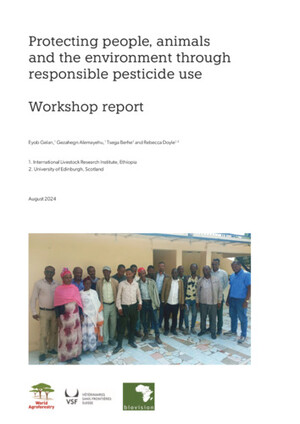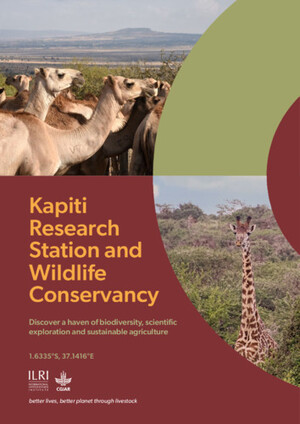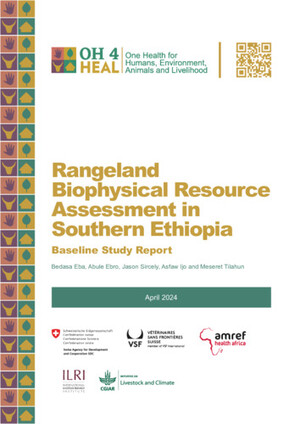
High-throughput sequencing of 16S rRNA gene reveals substantial bacterial diversity on the municipal dumpsite
Abstract
Background Multiple types of solid waste in developing countries is disposed of together in dumpsites where there is interaction between humans, animals and the bacteria in the waste. To study the bacteria at the dumpsite and the associated risks, previous studies have focused on culturable, leaving behind a great number of unculturable bacteria. This study focuses on a more comprehensive approach to study bacteria at the dumpsite. Since the site comprised of unsorted wastes, a qualitative survey was first performed to identify the variety of solid waste as this has influence on the microbial composition. Thus, domestic (Dom), biomedical (Biom), river sludge (Riv), and fecal material of pigs scavenging on the dumpsite (FecD) were sampled. Total DNA was extracted from 78 samples and the v4-16S rRNA amplicons was characterized using an Illumina MiSeq platform. Results A total of 8,469,294 sequences passed quality control. Catchall analysis predicted a mean of 8243 species per sample. Diversity was high with an average InvSimpson index of 44.21 ± 1.44. A total of 35 phyla were detected and the predominant were Firmicutes (38 %), Proteobacteria (35 %), Bacteroidetes (13 %) and Actinobacteria (3 %). Overall 76,862 OTUs were detected, however, only 20 % were found more than 10 times. The predominant OTUs were Acinetobacter (12.1 %), Clostridium sensu stricto (4.8 %), Proteinclasticum and Lactobacillus both at (3.4 %), Enterococcus (2.9 %) and Escherichia/Shigella (1.7 %). Indicator analysis (P ≤ 0.05, indicator value ≥ 70) shows that Halomonas, Idiomarina, Tisierella and Proteiniclasticum were associated with Biom; Enterococcus, Bifidobacteria, and Clostridium sensu stricto with FecD and Flavobacteria, Lysobacterand Commamonas to Riv. Acinetobacter and Clostridium sensu stricto were found in 62 % and 49 % of all samples, respectively, at the relative abundance of 1 %. None of OTUs was found across all samples. Conclusions This study provides a comprehensive report on the abundance and diversity bacteria in municipal dumpsite. The species richness reported here shows the complexity of this man-made ecosystem and calls for further research to assess for a link between human diseases and the dumpsite. This would provide insight into proper disposal of the waste, as well as, limit the risks to human health associated with the dumpsite.
Citation
Mwaikono, K.S., Maina, S., Sebastian, A., Schilling, M., Kapur, V. and Gwakisa, P. 2016. High-throughput sequencing of 16S rRNA gene reveals substantial bacterial diversity on the municipal dumpsite. BMC Microbiology 16(1):145.










